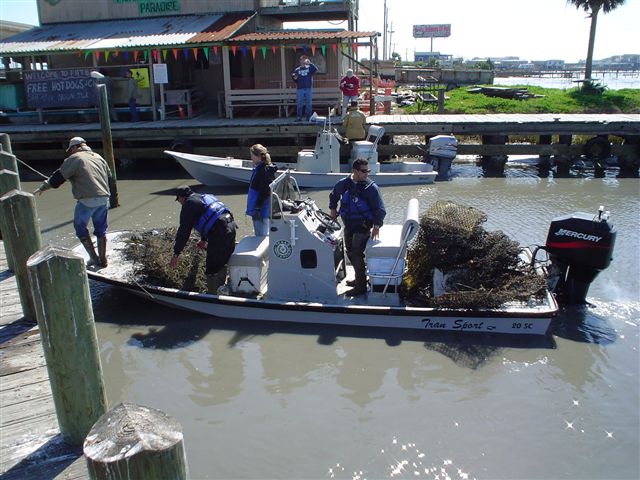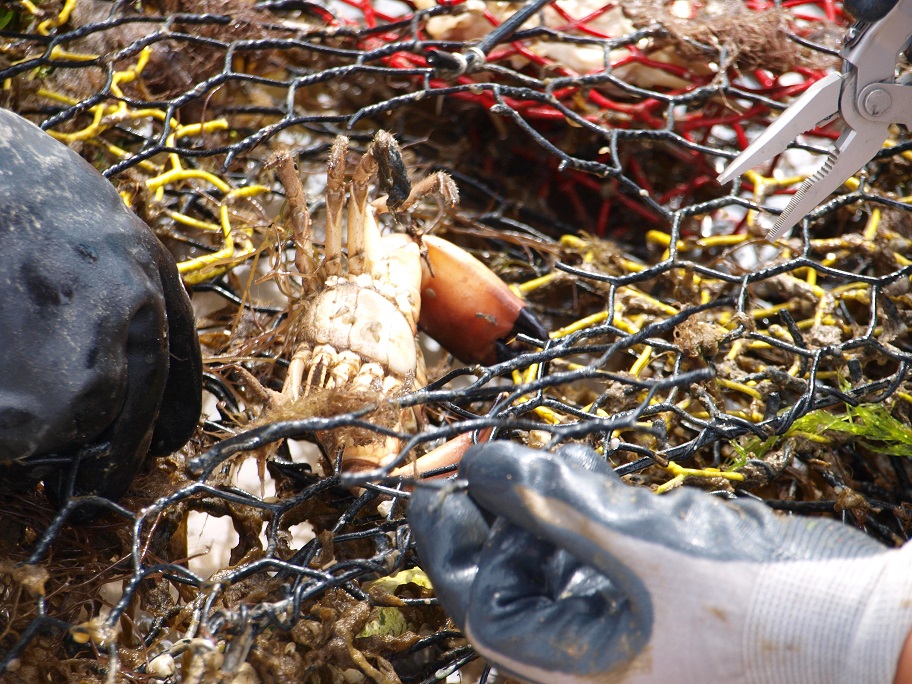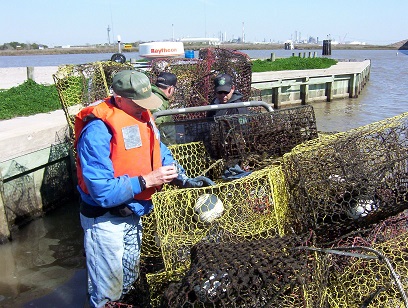Dispose of Derelict Crab Traps
Thursday, February 7th, 2019This is Passport to Texas
Sometimes commercial crab traps end up missing due to storms, or they are simply discarded. Yet, these traps continue capturing fish and other marine creatures, including endangered species. They take an environmental and economic toll on gulf fisheries.
During a 10-day period in February volunteers like you, join Texas Parks and Wildlife staff and partners, in removing these derelict traps. More than 35,000 crab traps have been removed from the gulf since 2002, saving tens of thousands of marine organisms.
Texas Parks and Wildlife facilitates roughly 20 coastal sites, and provides disposal facilities, tarps, gloves, crab trap hooks and other items to help volunteers remove troublesome traps.
This year’s cleanup is February 15th through the 24th.
Zack Thomas who coordinates the program for Texas Parks and Wildlife, encourages the public to go out on their own during this 10-day period. The cleanup is the only time citizens may legally remove these traps from gulf waters.
Meanwhile, the big cleanup “push” is Saturday, February 16 from 8 to noon. It’s a big crab trap removal party.
To volunteer for this year’s program visit the Abandoned Crab Trap Removal page on the Texas Parks and Wildlife website.
The Sport Fish restoration Program supports our series.
For Texas Parks and Wildlife, I’m Cecilia Nasti.





 Passport to Texas is a
Passport to Texas is a  Passport to Texas is made available by:
Passport to Texas is made available by: